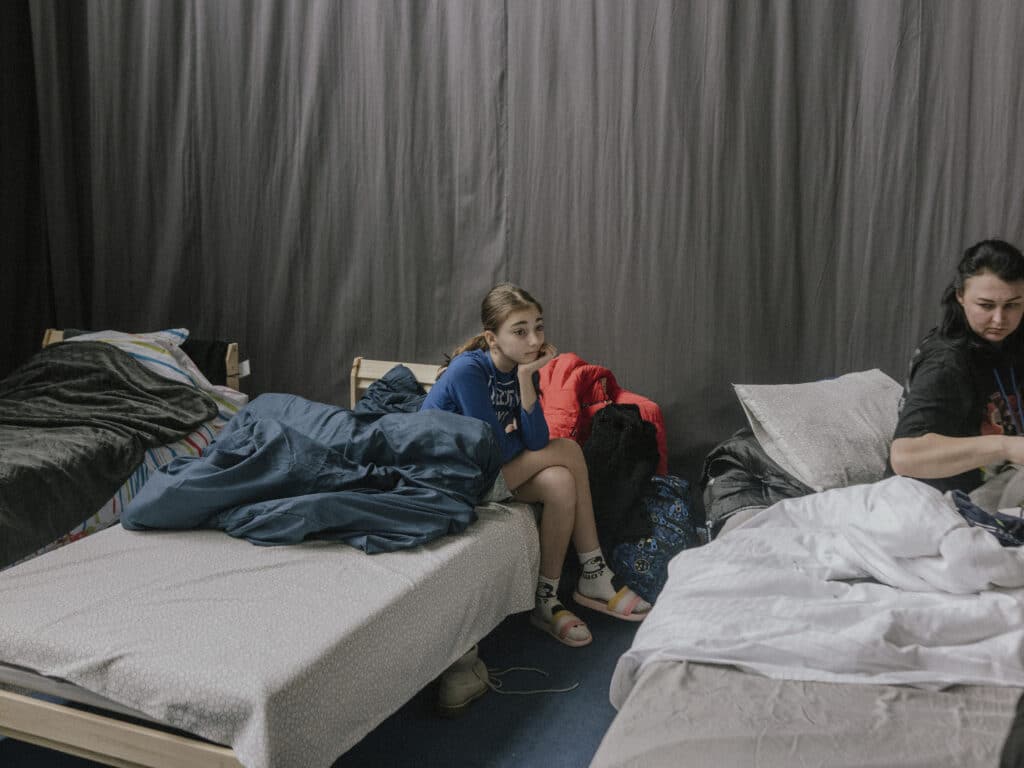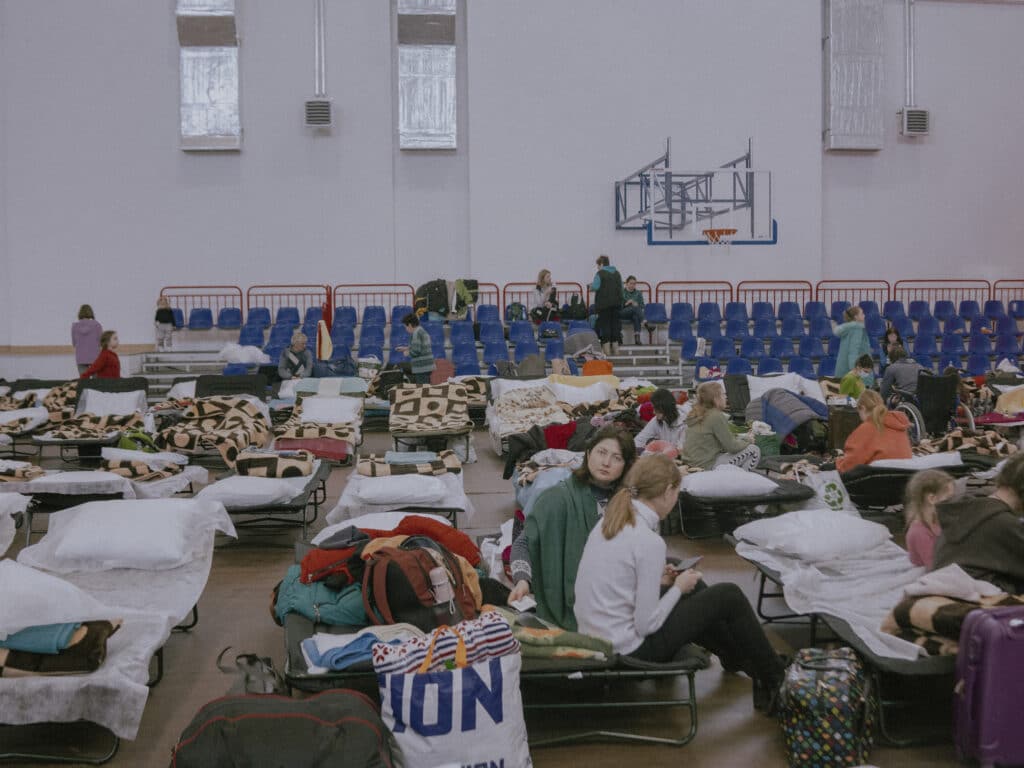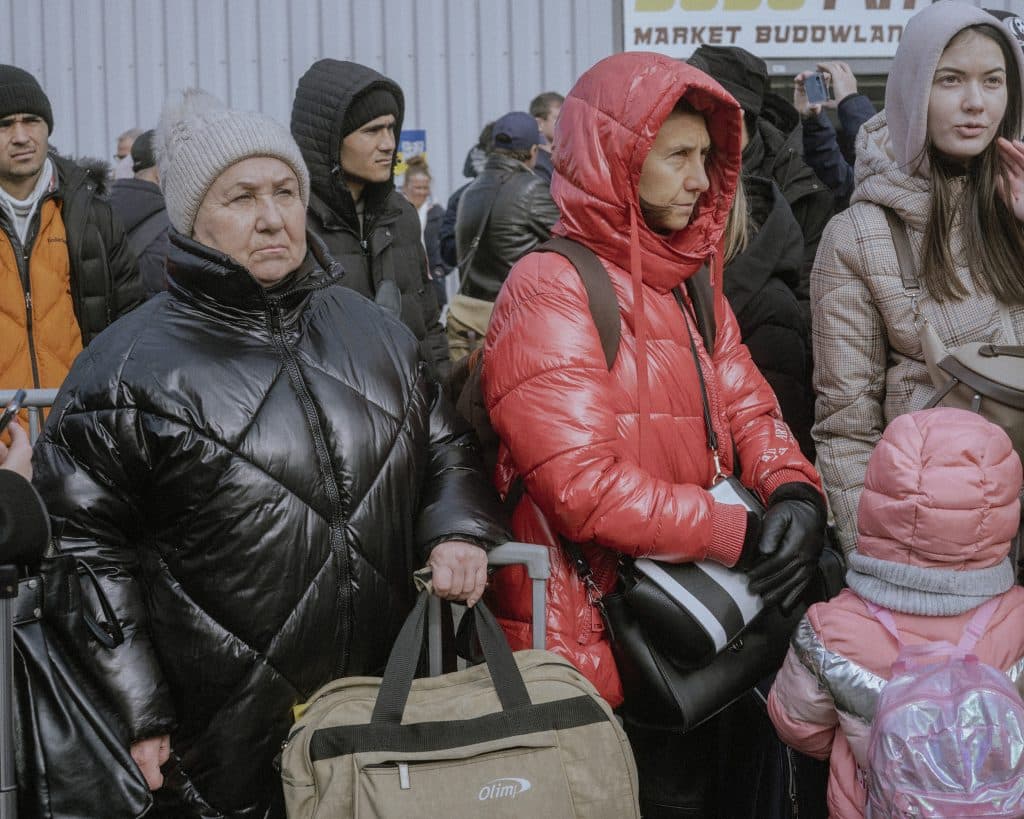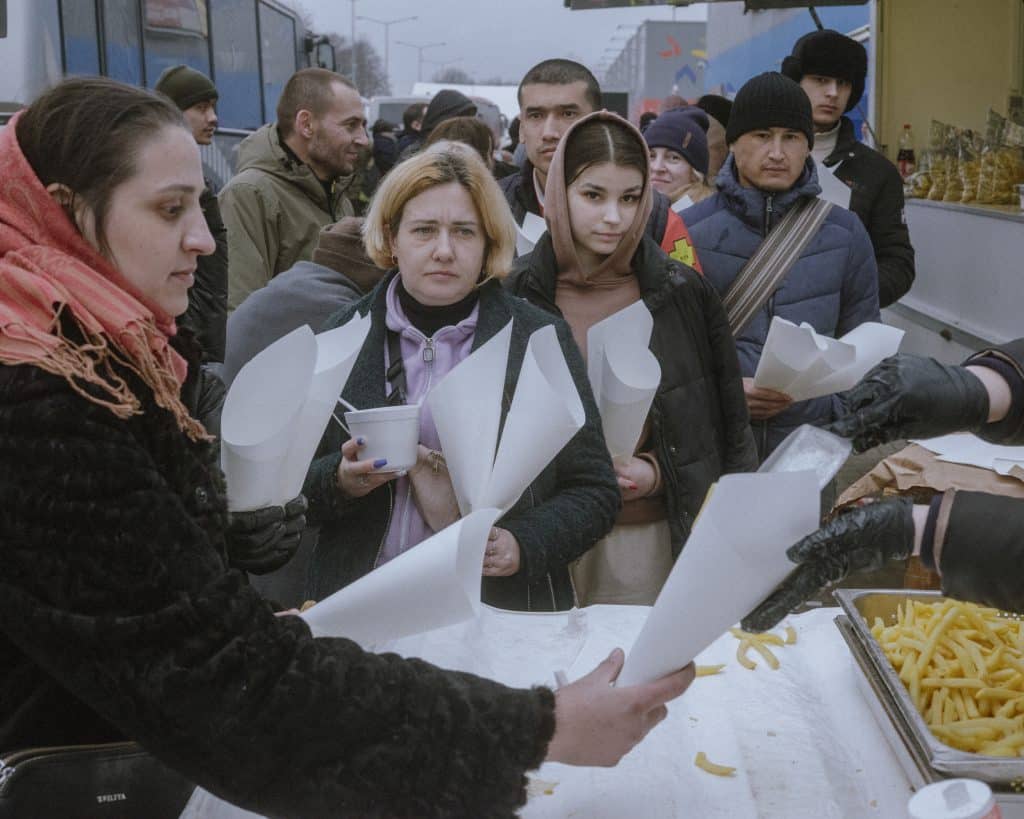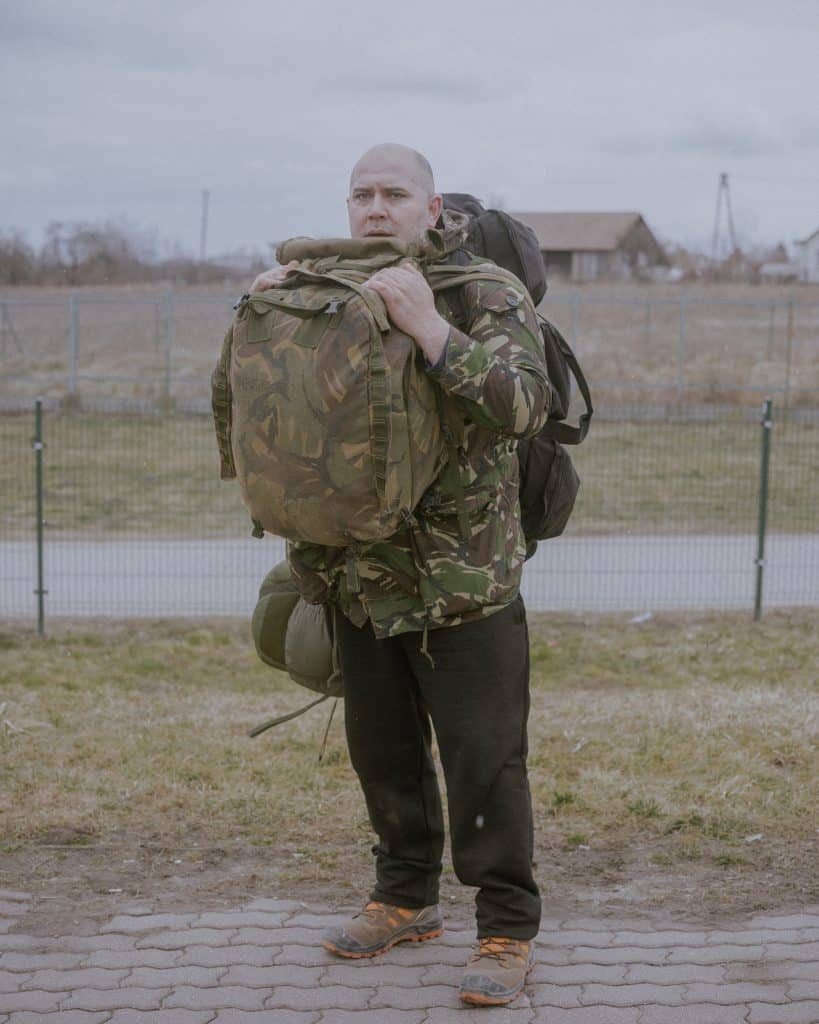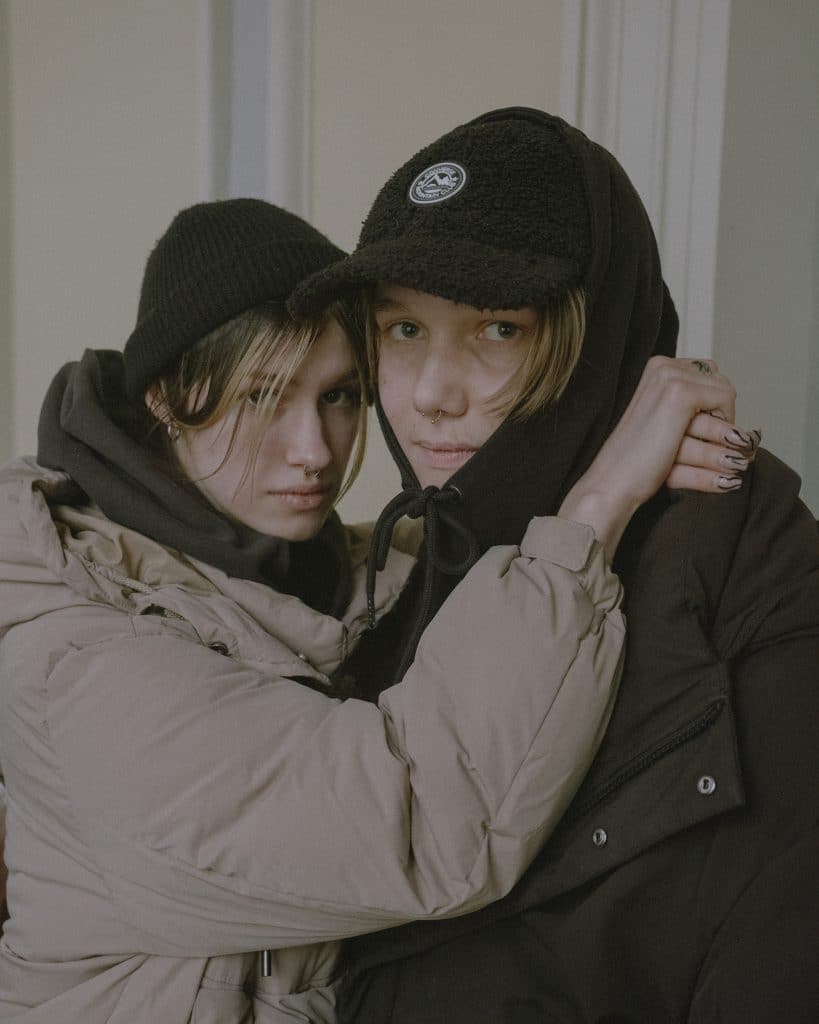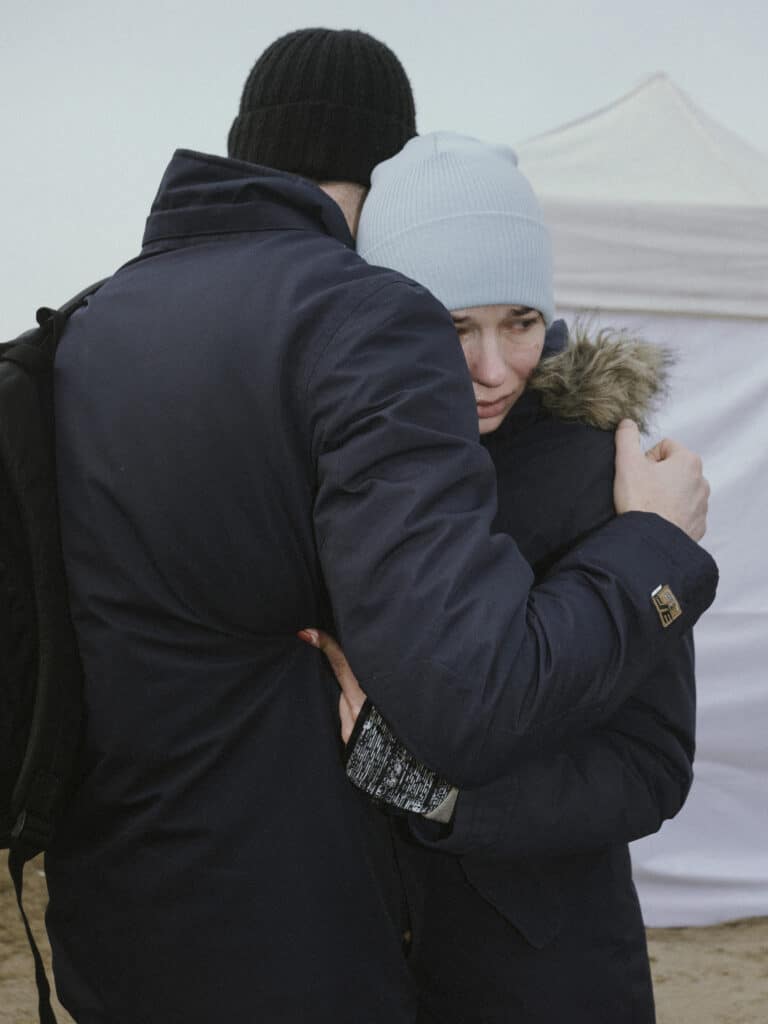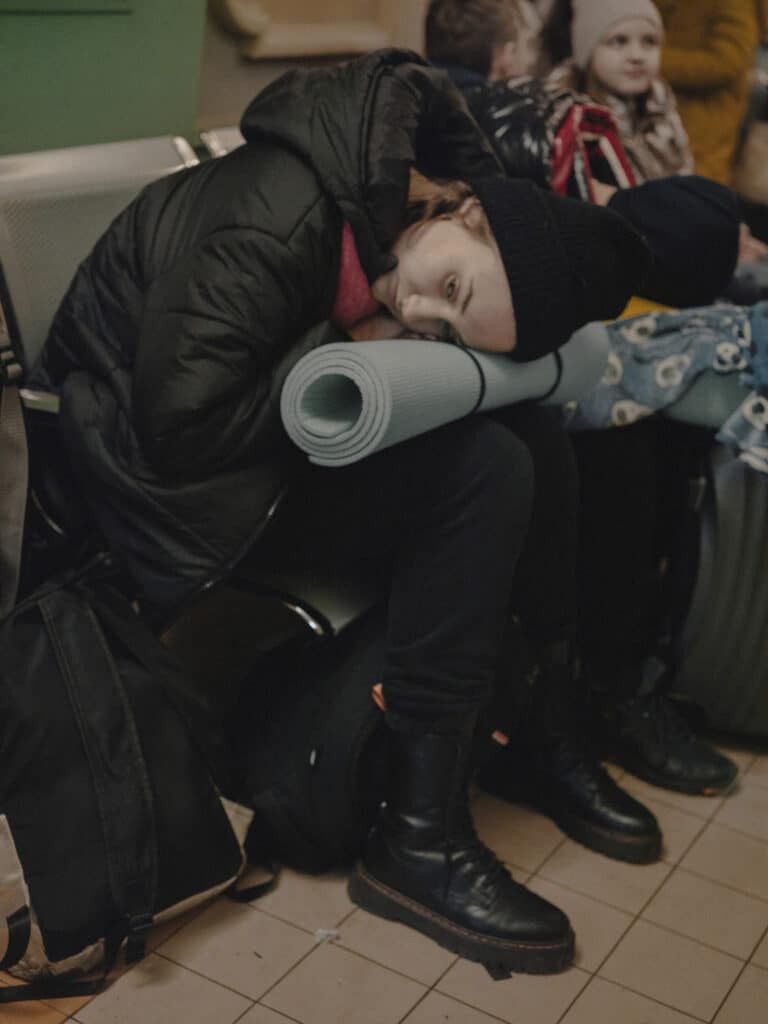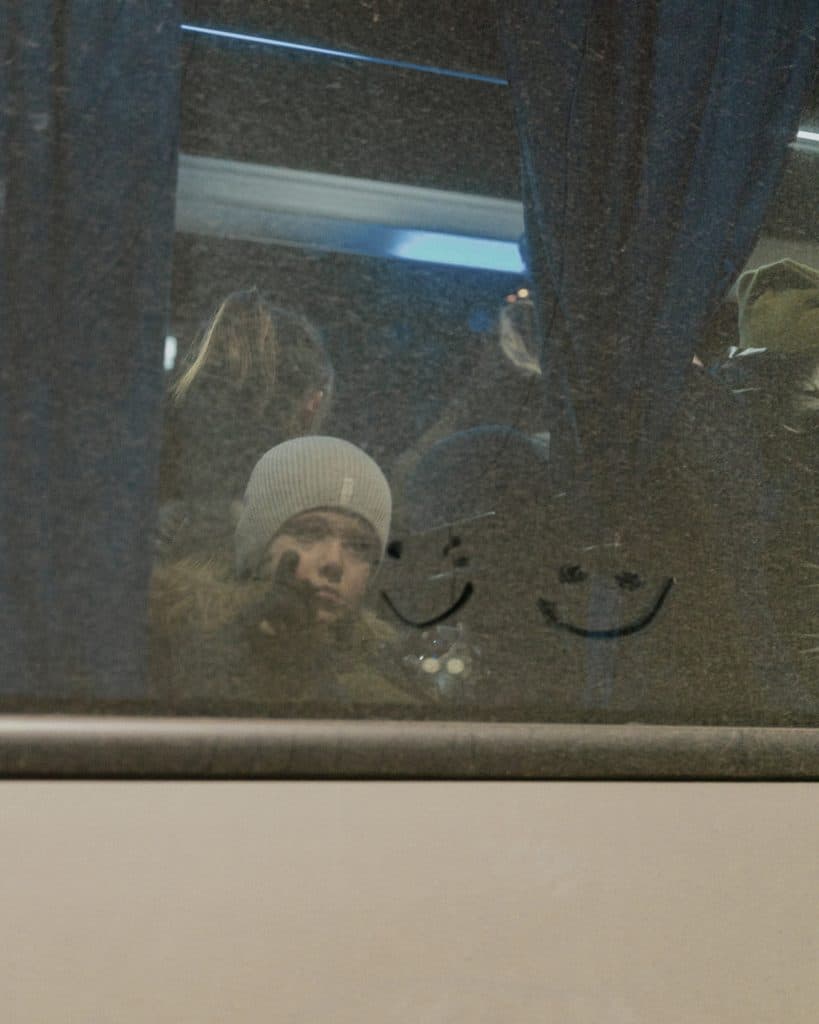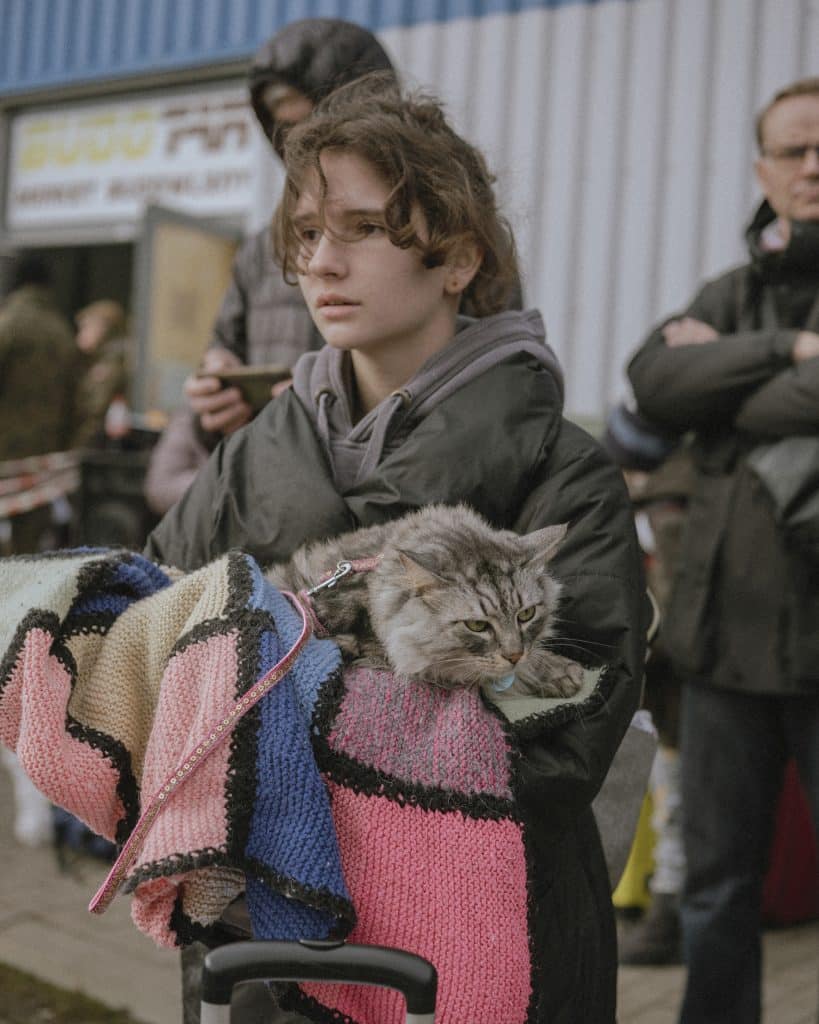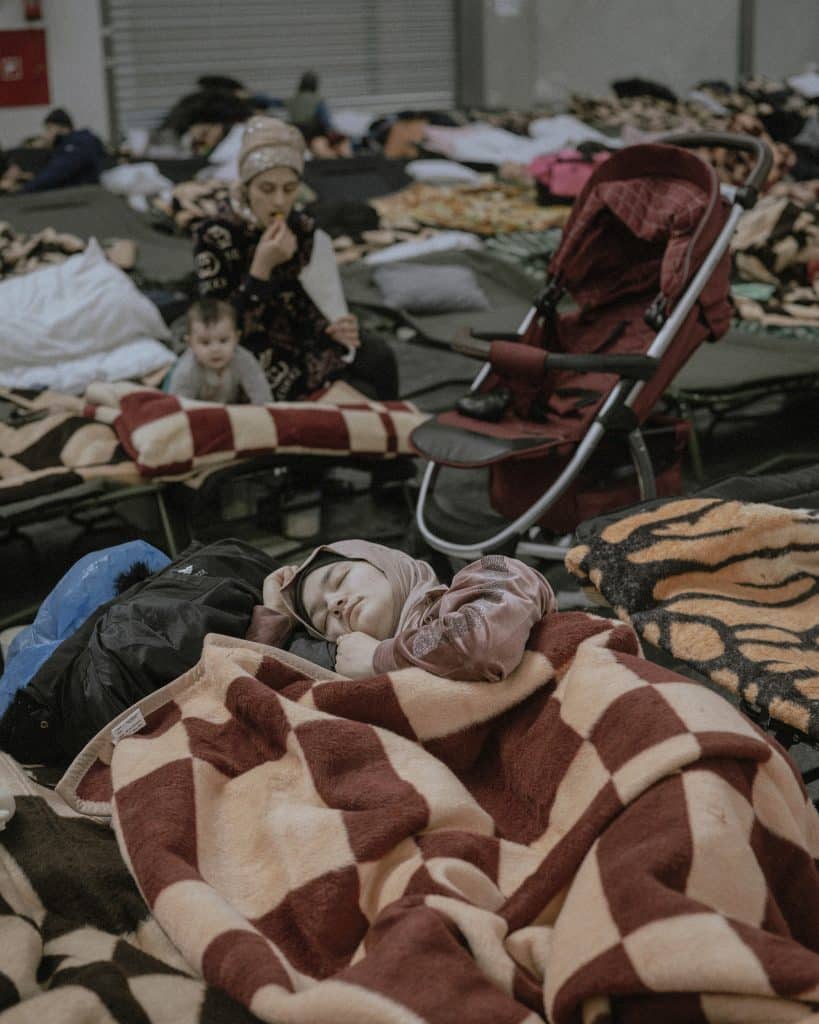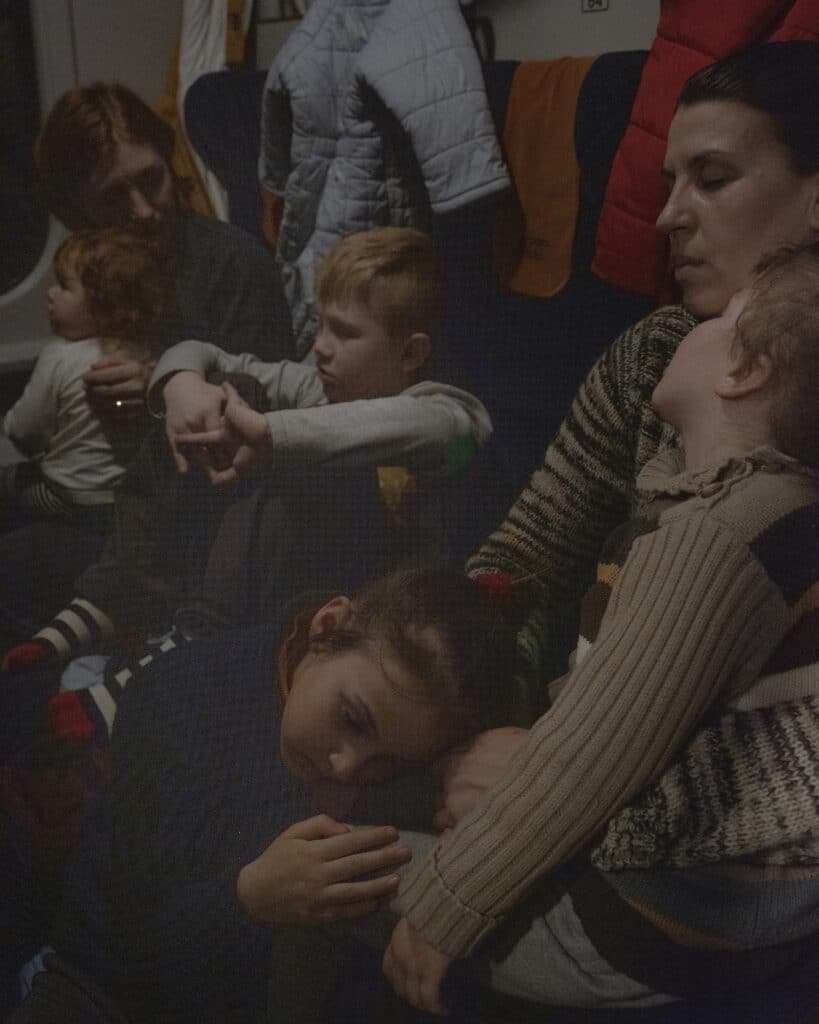Today, on the 14th day of the Russian offensive in Ukraine, bombs have targeted the city of Vinnytsia and a small town west of the capital, Malyn. Meanwhile, the history of Odessa on the Black Sea is bracing for dark hours. Since the United States announced an embargo on Russian oil and gas, the war has taken yet another turn. In just two weeks, the face of Ukraine has changed, if war has a face other than, perhaps, the face of horror.
Talks between Ukrainians and Russians have led the Russian army to announce a 12-hour cease-fire to evacuate civilians, although it is unclear whether it will be respected. Images of Ukrainians forced to flee their homes bring back the memory of other wars in Europe. In the 1990s, the Balkan wars, in Bosnia and Kosovo, displaced some 2 or 3 million people; however, the flow of refugees was spread over a period of 8 years. In this case, the same figure was reached in just over 10 days.
On February 28, photographer Ismail Ferdous, a native of Bangladesh, took a flight from New York to Krakow via Warsaw. From there he took a train to Przemysl, a rallying point for journalists and photographers, but also a first point of transit for Ukrainian refugees. Przemysl is a small town in southeastern Poland, with a population of 60,000, a few kilometers from the Ukrainian border. In March, nighttime temperatures fall below freezing to –2°C or –3°C. Since the beginning of the war, Mayor Wojciech Bakun and the city residents have been trying to accommodate the continuous flow of refugees pouring into Przemysl.
The Office of the United Nations High Commissioner for Refugees (UNHCR) has already reported over 2 million Ukrainians seeking refuge in neighboring countries. This number is increasing daily, and could even surpass 4 million. In a short tweet, UN High Commissioner for Refugees Filippo Grandi said that “this is the fastest-growing refugee crisis in Europe since World War II.” Poland, which borders Ukraine, is sheltering the largest number of people fleeing the war. The UNHCR, which receives continuous border checkpoint updates, estimates over one million refugees have entered Poland. In comparison, Hungary has received 190,000, Slovakia 140,000, and Romania 82,000 refugees.
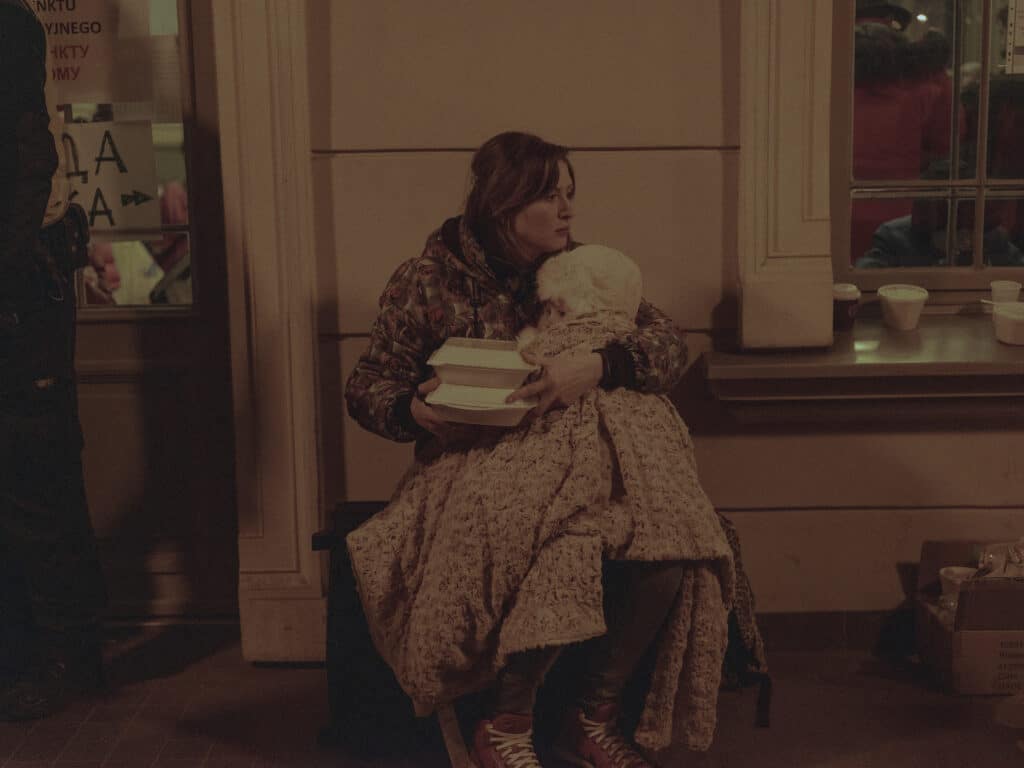
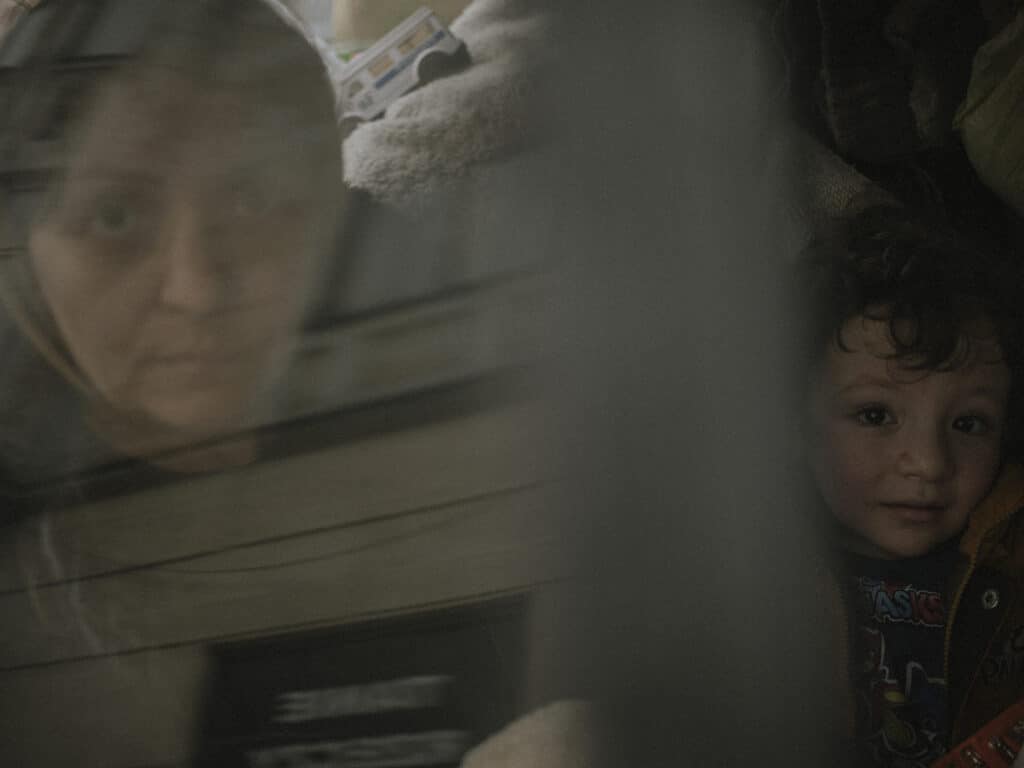
Arriving at the Przemysl train station, Ismail Ferdous, who had documented migration crises in the past, had the impression “that [he] was arriving in a different world.” “It was crazy,” he told. “I didn’t think I was in Europe. First, I saw a white woman with her daughter in her arms, not the type of refugees I’m used to seeing. At the train station, I passed Indians, Afghans, migrant workers, and especially many families.”
At the train station refugees fleeing the bombs cross paths with young men heading in the opposite direction to try to defend the country. Like these young men of Georgian and Ukrainian origin the photographer met on the flight from New York to Warsaw: US residents, they have never held a gun, but are going to fight in Ukraine. The refugees are unanimous: “This conflict has horrible consequences, but it has also sparked something very powerful: the unity of the Ukrainian people. We are determined to win this war.”
Volunteers are distributing food and clothing, they are also helping women and men find their loved ones. “Things are well organized. My first day there, though, I felt people of color were not treated the same as others. But that’s just an impression.” Indeed, in a New York Times article, some foreign students testified that Ukrainian border guards would not let foreigners through, that they “they were beating people up with sticks.”
Whole families flood in from Kharkiv, Kiev, and Lviv, arriving by trains and buses. The station is crammed; people do not know where they are heading, like this Nigerian woman, Julia, who’s cradling her three-month-old baby. Her American husband, now a Ukrainian citizen, “doesn’t want to fight but was forced to stay behind in Ukraine.” Among all these refugees, some are going into exile for the second time, like Habiba and her sister who left Afghanistan 2 years ago.
Ismail Ferdous walked from shelter to shelter. On his way, he met people escaping by car, including a family of Armenians who live in Kiev and who have filled their old vehicle to the brim. The father, a political opponent, had escaped from Armenia. With no European papers, they are forced to go back there, despite the danger a dissident is likely to face. Many refugee centers have been opened in Poland: school gyms have been transformed into dormitories, as have shopping centers.
Ismail Ferdous encountered “mainly women and children,” for instance in the overcrowded train from Przemysl to Warsaw, where children and mothers sleep one on top of the other while other travelers, already exhausted by the trek to the border, make the 7–8 hour journey standing up. The photographer met Tania and her two children, aged 15 and 17. A rather well-to-do family, whose father, an advertising man, had to stay in Kiev. Alongside the families, many teenagers as well as teenage couples, 17–18 years old, “with hipster looks,” were also fleeing westward.
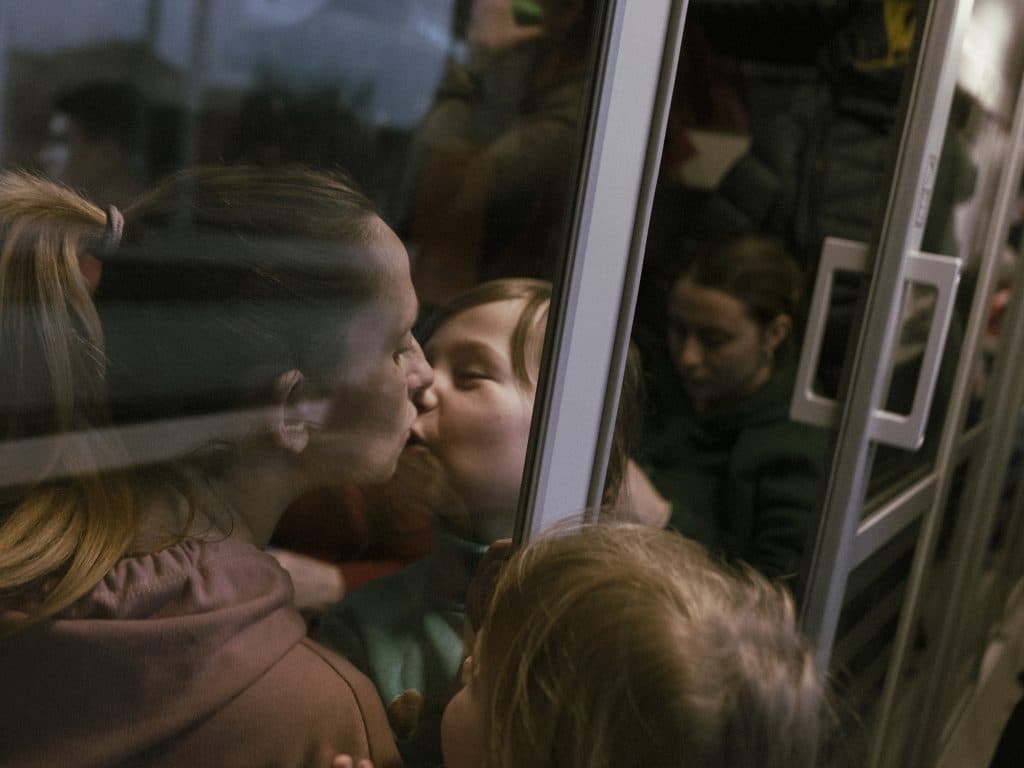
Reaching the Ukrainian-Polish border is not easy. An embracing couple, who agreed to be photographed, took 10 days to reach the Korczowa border crossing. “The young man’s name is Bogdan, he is 30 years old, and the young woman is Eli, about 20. Both are programmers, and they fled because Bogdan would have had to join the army. He didn’t want to.” Bogdan said he “wants to leave the country and start a new life.” All social classes are represented among the refugees.
Many are abandoning a life they had enjoyed, like this father from Ethiopia who had lived in Kharkiv for 32 years. He and his 20-year-old daughter are sobbing. The mother, half-Ukrainian, half-Russian, lives in Turkey. In one shelter, the photographer saw a woman screaming. She had just learned over the phone that her apartment in Kiev was completely robbed. Like many others, she is afraid of losing everything in this war, “even if many still hope to return one day.”
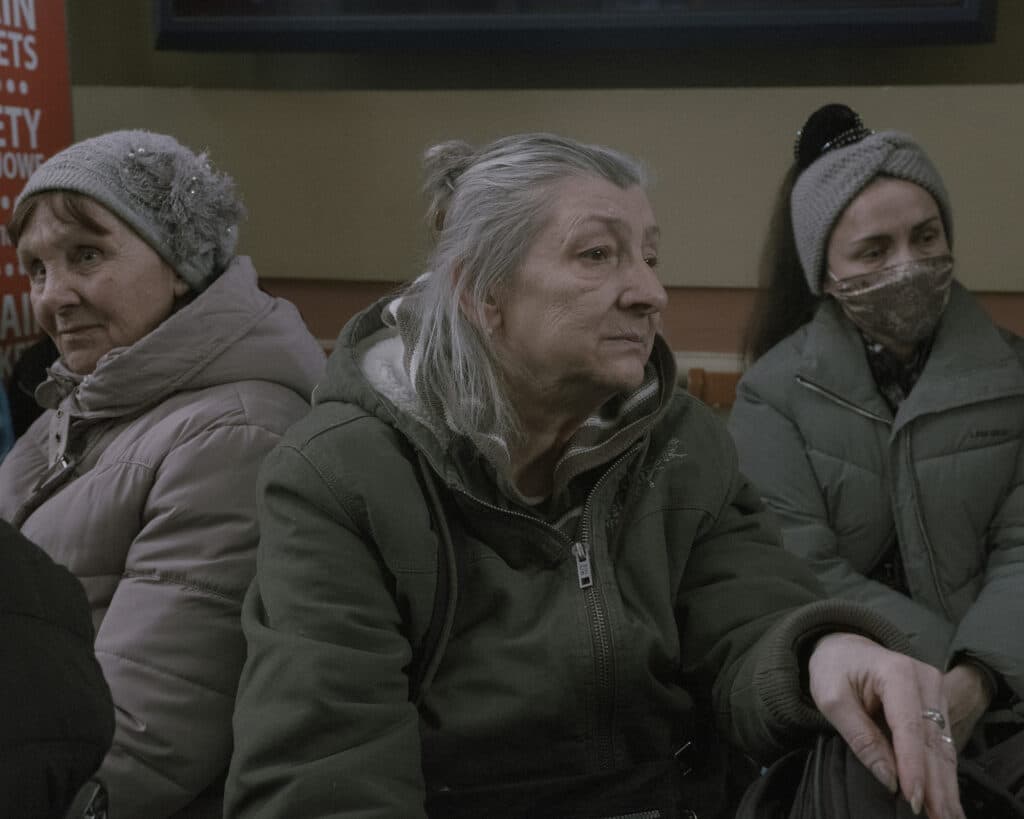
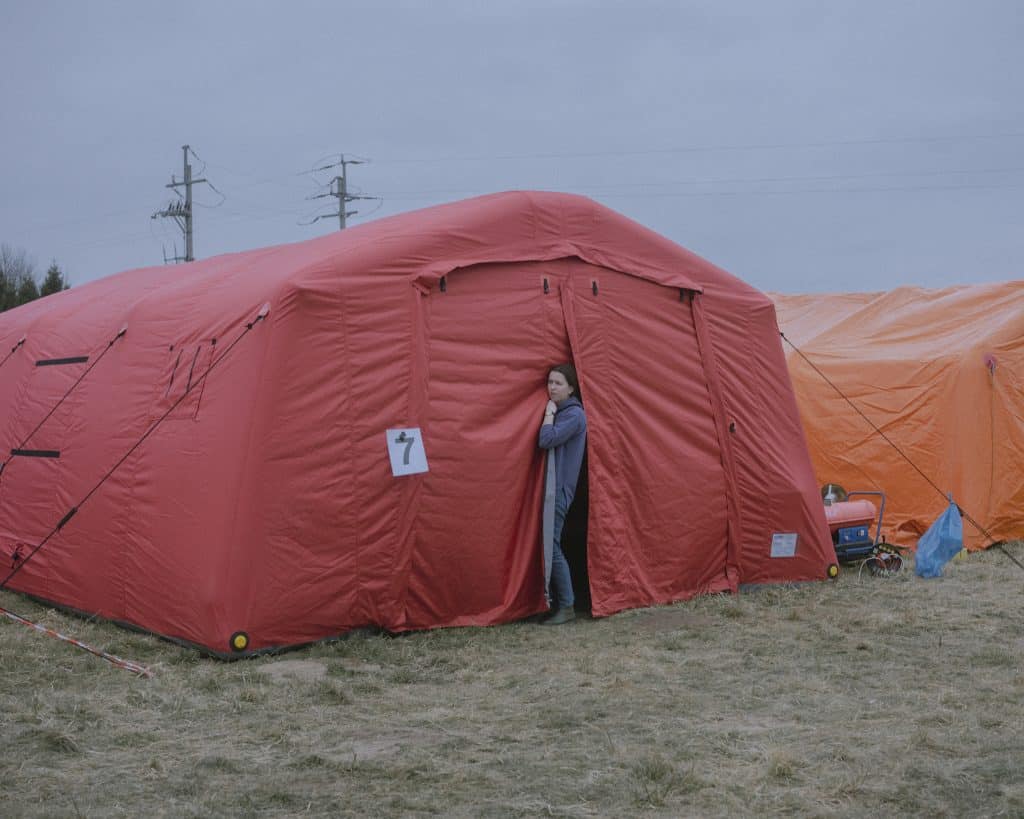
Follow Ismail Ferdous’ work on his Instagram.

